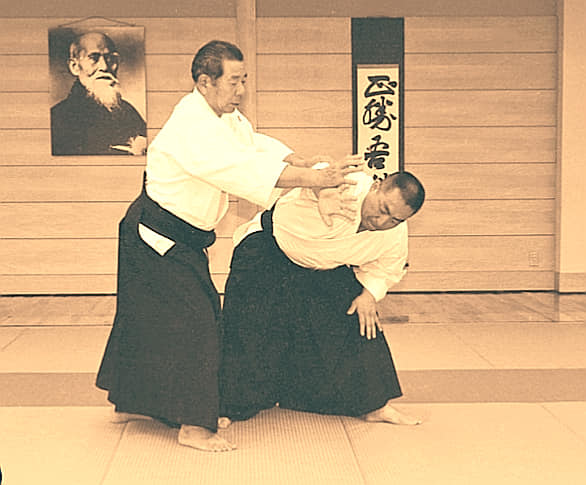Until the end of the Edo period, the tailoring of both gofuku and futomono fabrics was separated, with silk kimono handled at shops known as ‘gofuku dana’, and kimono of other fibres sold at shops known as ‘futomono dana’. Stores that handled all types of fabric were known as ‘gofuku futomono dana’, though after the Meiji period, stores only retailing futomono kimono became less profitable in the face of cheaper everyday Western clothing, and eventually went out of business, leaving only gofuku stores to sell kimono – leading to kimono shops becoming known only as gofukuya today.
Historically, all fabric bolts woven for kimono were hand-woven, and despite the introduction of machine weaving in the 19th century, a number of well-known kimono fabrics are still produced in this way. Oshima tsumugi is a variety of slub-woven silk produced in Amami Ōshima, known for being highly desirable as a fabric for casual kimono. Bashōfu, a variety of Japanese fibre banana fabric, is also highly desirable as a casual fabric, but produces extremely few bolts of fabric per year due to the growing methods used to produce the plant.

The production of these fabrics has experienced a significant downturn in both desirability and craftsmen over time; though in previous decades, up to 20,000 craftspeople were involved in the production of oshima tsumugi, in the present day, just 500 craftspeople are left.
Other varieties of kimono fabric, previously produced out of necessity by the lower and working classes, are produced by hobbyists and craftspeople for their rustic appeal, rather than the necessity of having to make one’s own clothes. Saki-ori, a variety of rag-woven fabric historically used to create obi from scraps, were historically produced from old kimono cut into strips roughly 1 centimetre (0.39 in), with one obi requiring roughly three old kimono to make. These obi were entirely one-sided, and often featured ikat-dyed designs of stripes, checks and arrows, commonly using indigo dyestuff.
Source: Facebook/aikido



